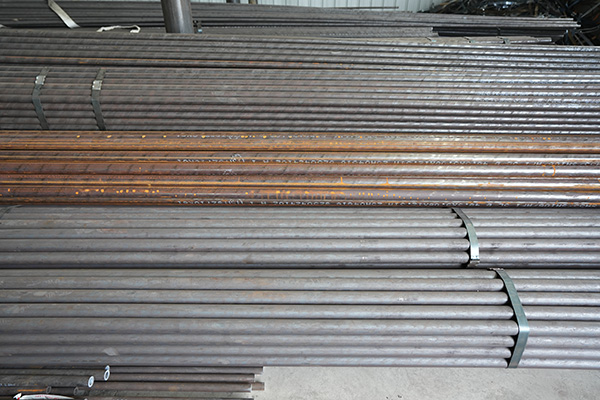

Installation Guidelines for Oil and Gas Line Pipe in Harsh Conditions
Proper installation of oil and gas line pipes in harsh environments—such as arctic zones, offshore locations, or corrosive soils—is critical to ensuring long-term reliability and minimizing the risk of failure. Several key guidelines should be followed:
1. Pre-Installation Preparation
Before installation, it is essential to conduct a comprehensive site survey to evaluate environmental factors, including temperature fluctuations, soil composition, groundwater levels, and potential chemical exposure. These conditions directly affect the choice of pipe material, coatings, and insulation.
2. Material and Coating Selection
Pipes must be manufactured from materials that meet or exceed relevant industry standards such as API 5L or ISO 3183. Corrosion-resistant coatings, such as fusion-bonded epoxy (FBE), three-layer polyethylene (3LPE), or concrete weight coatings, are commonly used to protect pipes from moisture, salt, and chemicals in harsh environments.
3. Trenching and Bedding
Trenches should be excavated according to engineering specifications, ensuring appropriate depth and width to accommodate thermal expansion and pipe movement. The trench bottom must be free of sharp objects and should be layered with suitable bedding material like sand or screened gravel to prevent mechanical damage.
4. Welding and Joint Inspection
Welding must be performed by certified professionals using procedures that conform to API 1104 or ASME B31.8. All welds should undergo non-destructive testing (NDT), such as ultrasonic testing or radiography, to verify structural integrity. In low-temperature environments, welders should use preheating and post-weld heat treatment as required.
5. Backfilling and Compaction
Backfilling should be performed in layers, using clean fill material to prevent damage to the pipe and coating. Compaction must be controlled to avoid exerting excessive stress on the pipe. In permafrost regions, thermal insulation may be required to prevent thaw settlement.
6. Cathodic Protection
In environments with high corrosion potential, cathodic protection systems (sacrificial anodes or impressed current systems) should be installed and tested. This adds an extra layer of defense against external corrosion, particularly in buried or submerged pipelines.
7. Pressure Testing and Commissioning
Once installation is complete, hydrostatic pressure testing should be conducted to confirm the pipeline’s structural integrity. During commissioning, the pipeline should be slowly filled and pressurized while monitoring for leaks or pressure drops.
8. Documentation and Maintenance Planning
A comprehensive record of installation parameters, material certifications, and inspection results must be maintained. Based on environmental risk factors, a long-term inspection and maintenance schedule should be developed to ensure pipeline longevity.
By adhering to these guidelines, operators can significantly reduce the risk of pipeline failure and extend the service life of oil and gas transmission systems in harsh conditions.
References
API Recommended Practice 1110: Pressure Testing of Steel Pipelines
API Specification 5L: Line Pipe
ASME B31.8: Gas Transmission and Distribution Piping Systems
DNV-RP-F101: Corroded Pipelines
ISO 3183: Petroleum and natural gas industries — Steel pipe for pipeline transportation systems





